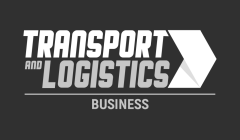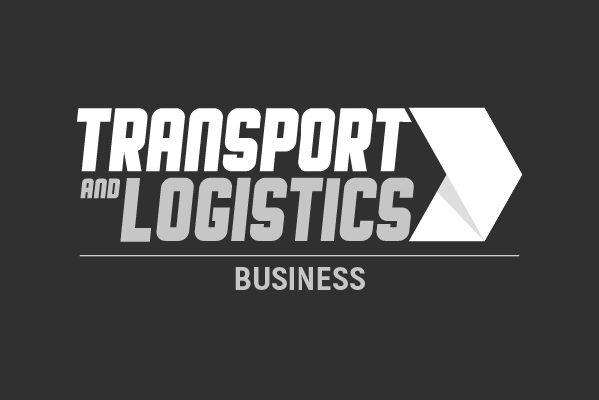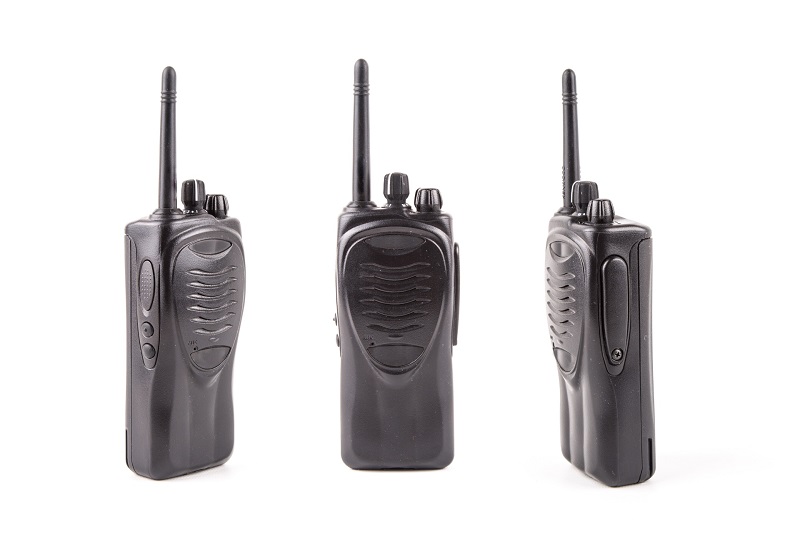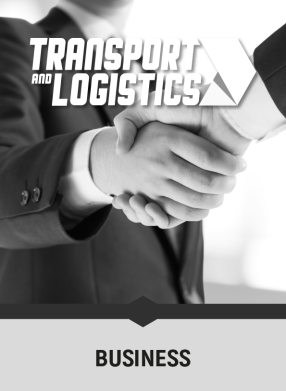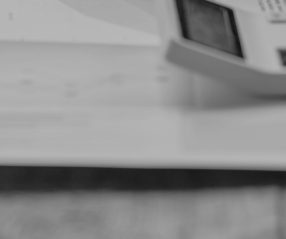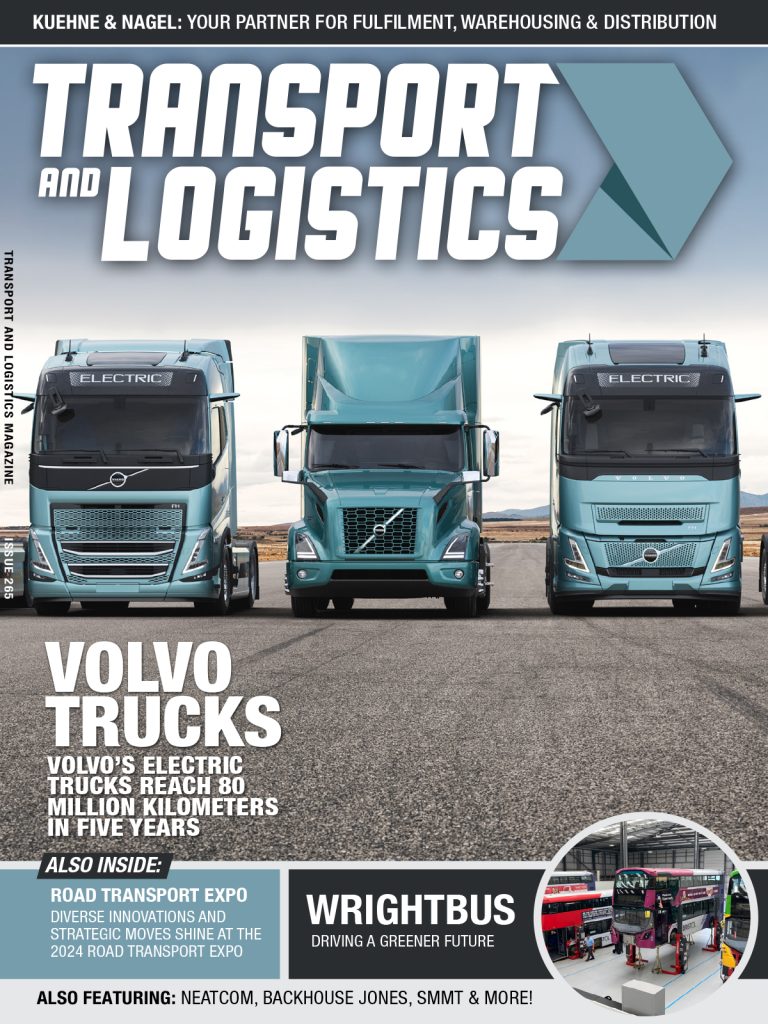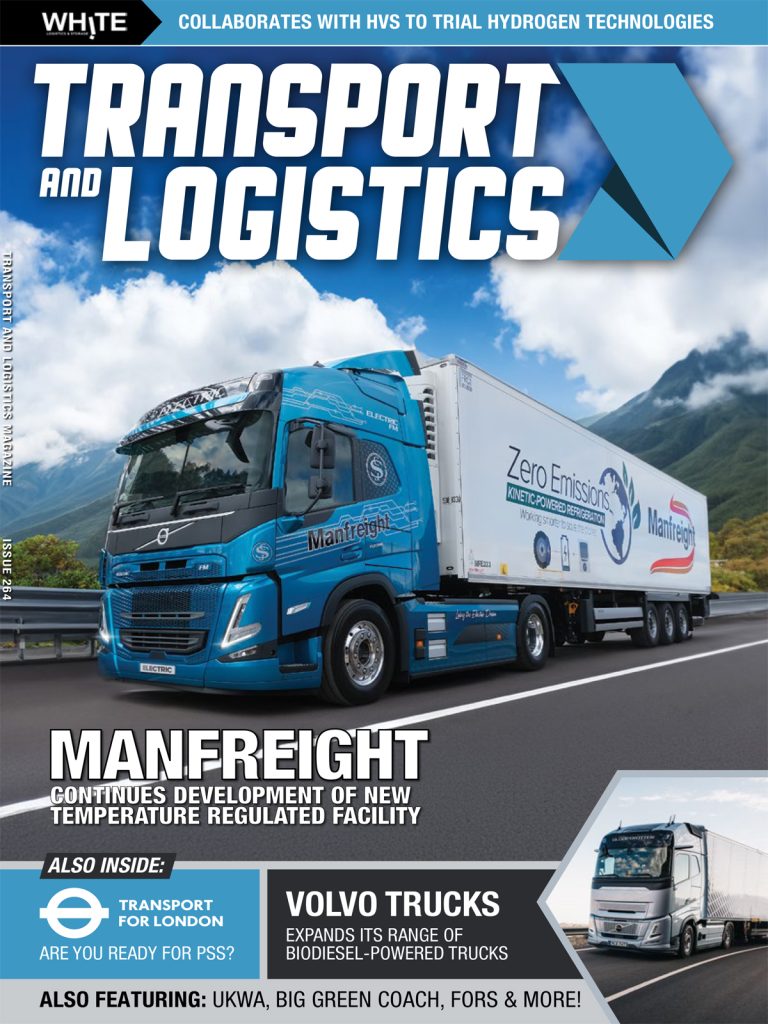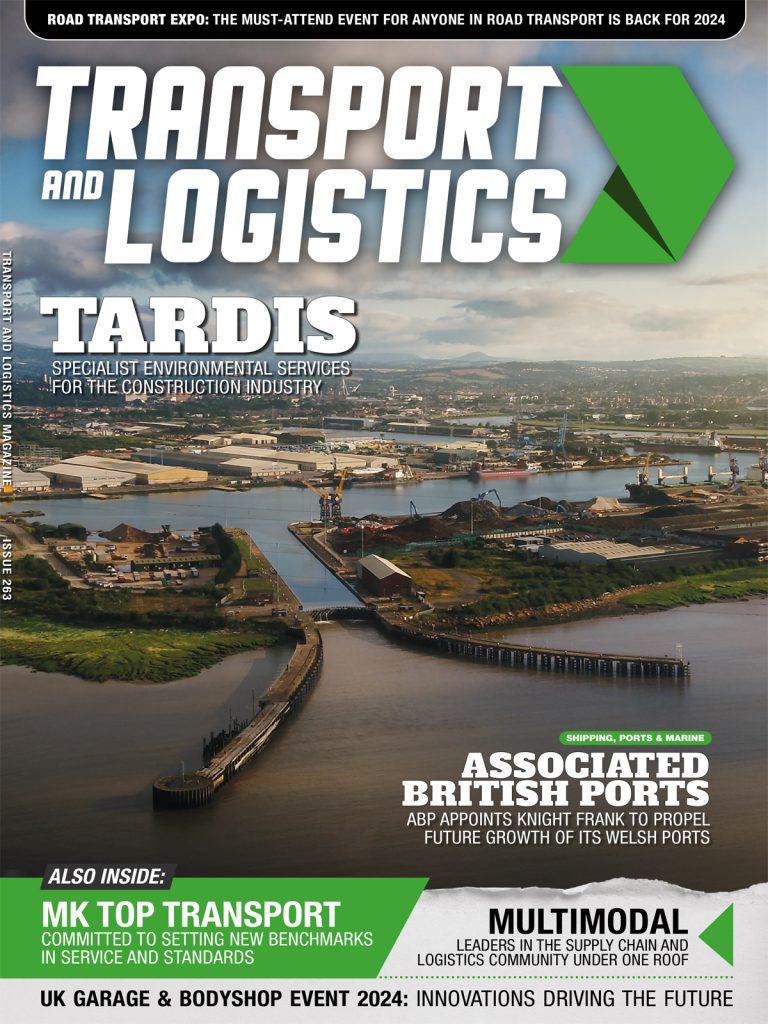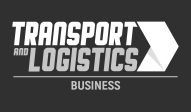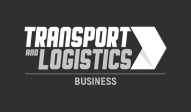Two way radio is changing. Yet for many businesses, the desire to gain the advantages of the latest technologies is balanced by wanting to protect investment in existing equipment.
With two way radio, however, digital migration does not have to be an either/or choice. Thanks to so-called ‘hybrid’ technology, it is possible to gradually upgrade to the benefits of digital while still running an existing analogue fleet.
Perhaps more than any other industry, transport and logistics depends on effective communication. Whether it be warehousing, haulage, shipping or public transport, the movement of large volumes of goods and people to meet an assortment of different timetables requires high levels of coordination and organisation, both in planning and in transit.
Two way radio has long been an essential tool in ensuring large teams can operate efficiently and safely in busy environments. From organising order picking and stock replenishment on the floor of a large warehouse to arranging the loading and refuelling of aircraft on a busy airport apron, two way radio ensures mission critical messages can always get through, that one team knows what the other is doing, that everything works in tandem.
Best of both
Compared to the original analogue ‘walkie-talkies’, the arrival of digital two way radio has brought lots of benefits in terms of signal range, audio quality and, perhaps most significantly, additional features. Two way radio is no longer just about being able to push a button and broadcast messages to large mobile teams. Digital handsets often provide group and private calling, allowing for better targeting of communication within teams, as well as support for text messaging and connection to telephony systems.
Digital models offer an extensive range of safety features to offer alert and monitoring options in high risk environments. Many support GPS so the location of operatives can easily be tracked, and offer Bluetooth connectivity to hand-free headsets for convenient use while you are working.
Yet for all of these advantages, legacy analogue two way radio still does a job. If you have an older fleet that still serves your warehouse or depot well, you would understandably think twice about making the investment to upgrade.
Hybrid two way radios give you the best of both worlds. Models like the Hytera PD605 operate in both digital and analogue modes, making it compatible with any existing analogue handsets you might have. That means you can just purchase one or two at a time, spreading out the costs of an upgrade and getting the most out of your older radios, while still introducing the benefits of digital.
The PD605 is a thoroughly modern example of two way radio technology. Supporting advanced features such as private and group calling, GPS tracking, emergency call override and Man Down accident alerts, it is packed into a sleek, compact, lightweight case designed for easy portability for long shifts. It includes enhanced digital audio and encryption for secure communication.
Yet for all its modern attributes, the PD605 still operates on the same technology that has driven two way radio for close to a century. With those hybrid characteristics, it means businesses can plan their digital upgrade at their own pace.
Brentwood Communications has been supplying two way radio solutions to the transport and logistics industries for more than 40 years. With clients ranging from P&O Ferries to Tuffnells Parcels Express, we pride ourselves on being able to match the right technology to the requirements of every business.
